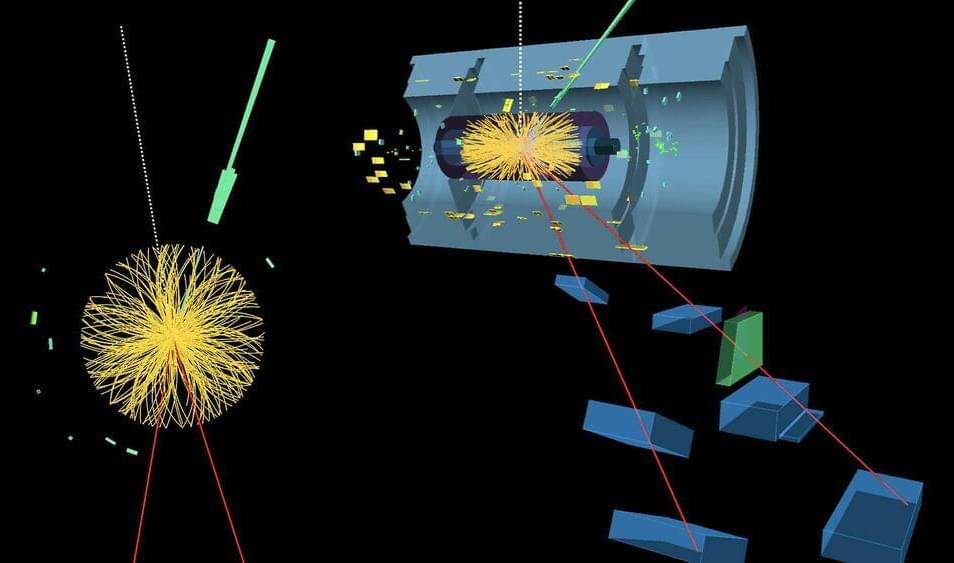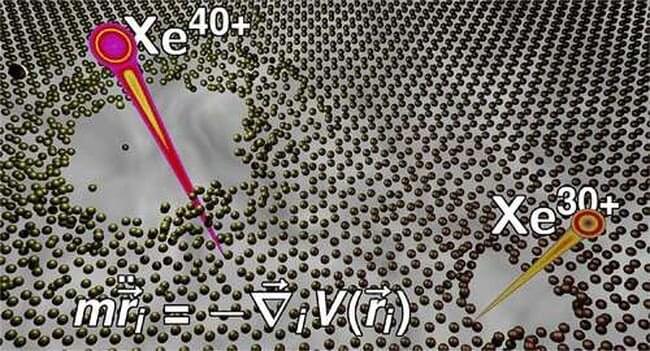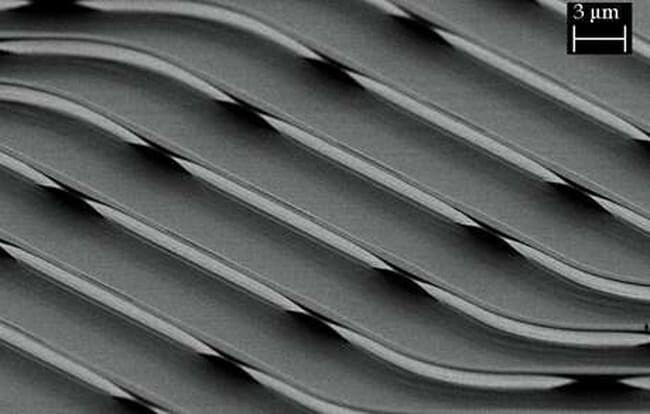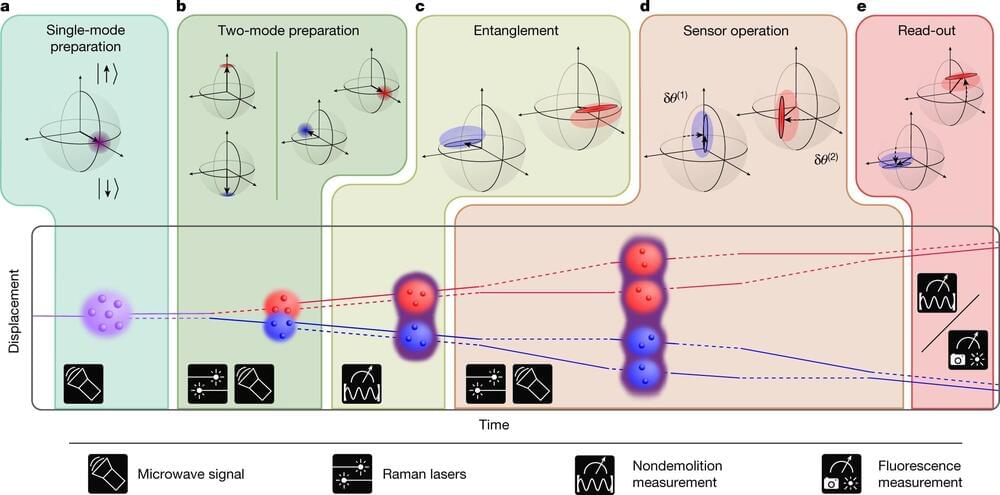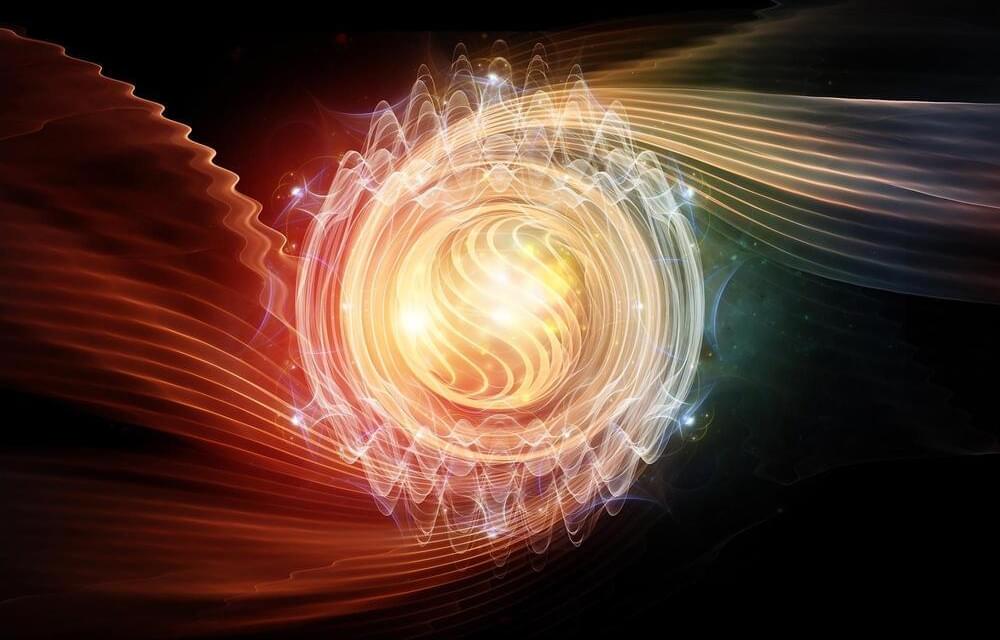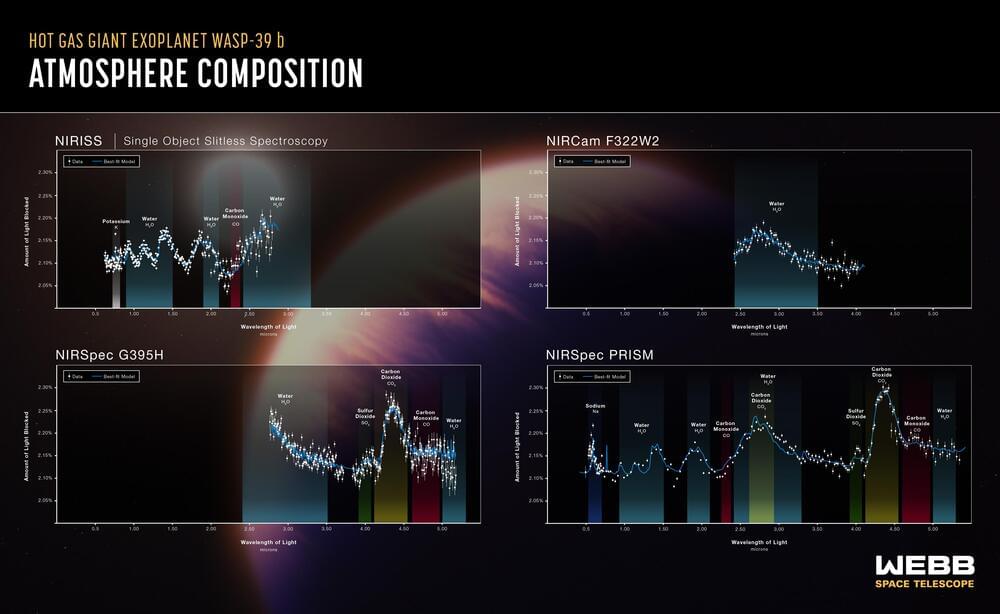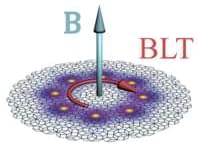Luka Selem says he was always a curious kid. Growing up in France, he was given copies of Science et vie junior, a science magazine for young people, by his parents.
“Since I was very young, I was always interested in quite a lot of things,” he says. “I was always asking, ‘Why? But why that? Why that, and then why that?’ I wanted to go all the way to the end. I was never satisfied by the answer.”
Particle physics, the study of the fundamental particles and forces that make up everything around us, turned out to be a good way for Selem to search for answers. “In particle physics, there is no other ‘why,’” he says. “No one can tell me the rest of the story. I have to find it myself with my colleagues.”
